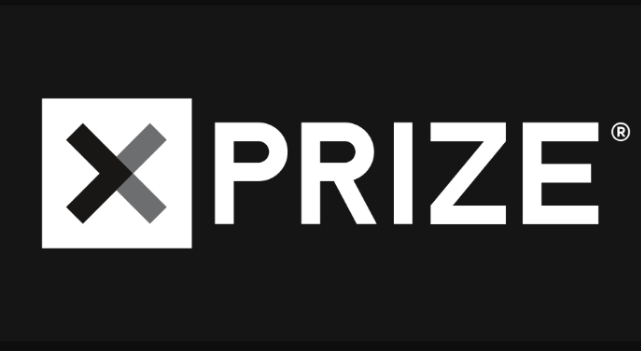Exxon Mobil Corporation has said that it added 2.7 billion oil-equivalent barrels of proved oil and gas reserves in 2017, replacing 183 percent of production. ExxonMobil’s proved reserves totaled 21.2 billion oil-equivalent barrels at year-end 2017. Liquids represented 57 percent of the reserves, up from 53 percent in 2016. ExxonMobil’s reserves life at current production rates is 14 years.
“Our exploration success and strategic acquisitions made during a period of low commodity prices are adding high-quality resources that are among the lowest cost of supply in the industry,” said Darren W. Woods, chairman and chief executive officer. “ExxonMobil’s portfolio of development opportunities positions us to grow shareholder value as we bring on new supplies of oil and natural gas to meet growing demand.”During 2017, proved additions at Upper Zakum in Abu Dhabi totaled more than 800 million barrels of crude oil. Additions from liquids-rich unconventional plays in the United States, mainly in the Permian Basin, totaled approximately 800 million oil-equivalent barrels. Additions in the Permian are supported by ExxonMobil’s growth plan and increased drilling activity, expected to increase daily production to more than 600,000 oil-equivalent barrels by 2025.Other significant new proved reserve additions were made in Guyana, where the company funded the first phase of development last year, and in Mozambique, associated with the project funding of the Coral FLNG project in the gas-rich deepwater Area 4.Offshore Guyana, ExxonMobil has discovered recoverable resources, including current proved reserves and additional resources, estimated to be 3.2 billion gross oil-equivalent barrels prior to the 2018 Ranger discovery. Production from Liza Phase 1 is expected to begin by 2020, less than five years after discovery. In Mozambique, ExxonMobil acquired a 25 percent indirect interest in Area 4, which contains an estimated 85 trillion gross cubic feet of natural gas in-place.Reserves additions reflect new developments as well as revisions and extensions of existing fields resulting from drilling, studies and analysis of reservoir performance.Consistent with SEC requirements, ExxonMobil reports reserves based on the average of the applicable market price prevailing on the first day of each calendar month during the year. As a result of higher prices in 2017 relative to 2016, about 900 million oil-equivalent barrels in North America qualified as proved reserves under SEC guidelines due primarily to the extension of the projected economic end-of-field-life.The annual reporting of proved reserves is the product of the corporation’s long-standing, rigorous process that ensures consistency and management accountability in all reserves bookings.Resource BaseExxonMobil added 9.8 billion oil-equivalent barrels to its resource base in 2017 through by-the-bit exploration discoveries and strategic acquisitions. This was the largest addition to the resource base since the acquisition of XTO Energy in 2010. The resource base includes proved reserves, plus other discovered resources that are expected to be ultimately recovered.Through its acquisition of various entities from the Bass family of Fort Worth, Texas in 2017, ExxonMobil added significant resource in the Permian Basin, with upside potential in multiple additional prospective horizons. The company continues to maximize capital efficiency in its tight oil developments by taking advantage of contiguous acreage to drill long laterals with optimized completion designs.Key resource additions were also made in deepwater Brazil pre-salt with the acquisition of interest in the two billion gross oil-equivalent-barrel Carcara field, onshore Papua New Guinea with the acquisition of InterOil Corporation, and Mozambique with the purchase of an interest in Area 4.Three new discoveries offshore Guyana in 2017 also contributed to the by-the-bit resource additions. Additional exploration drilling in Guyana is planned in 2018 on the 11.5 million gross acres currently held offshore.ExxonMobil’s resource base totaled approximately 97 billion oil-equivalent barrels at year-end 2017, taking into account field revisions, production and asset sales.







